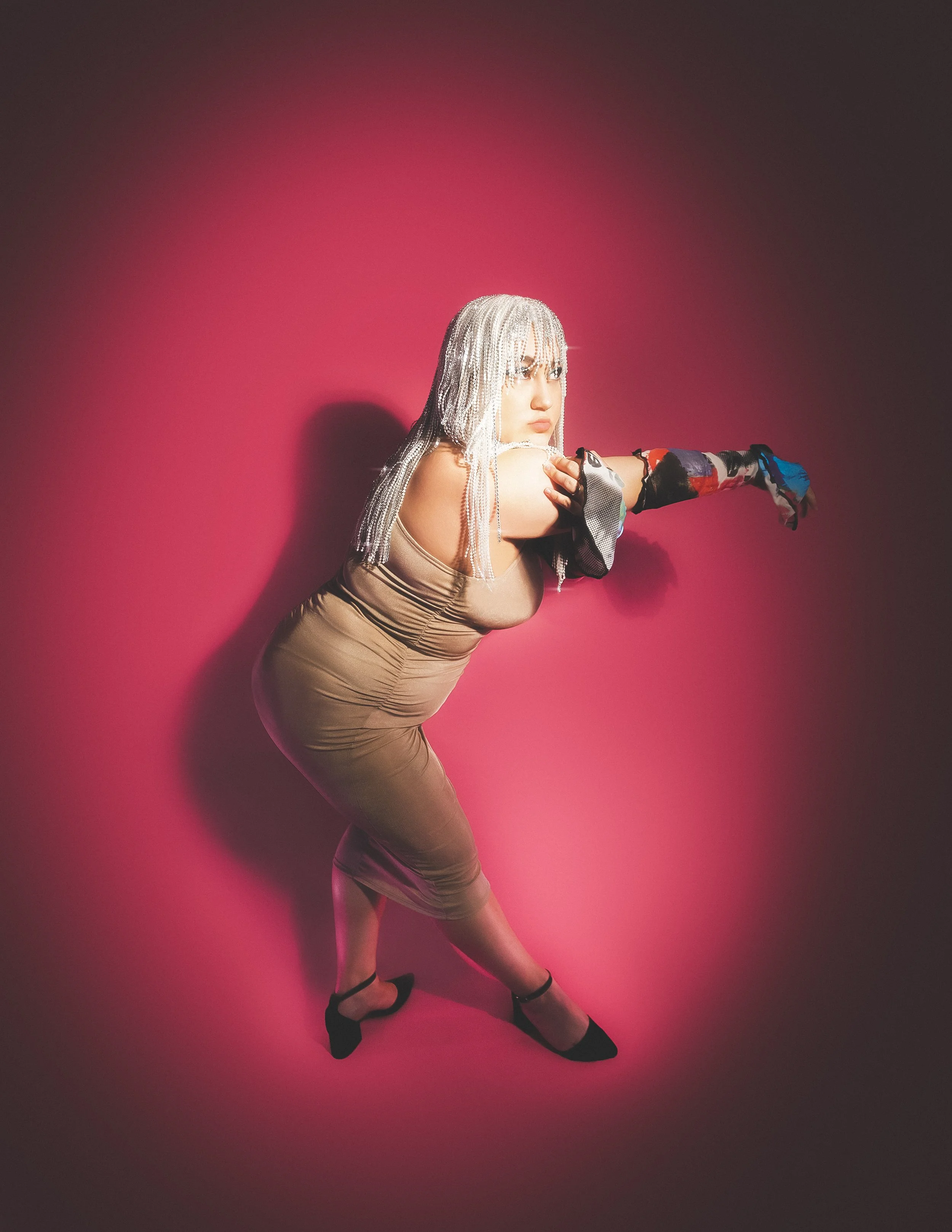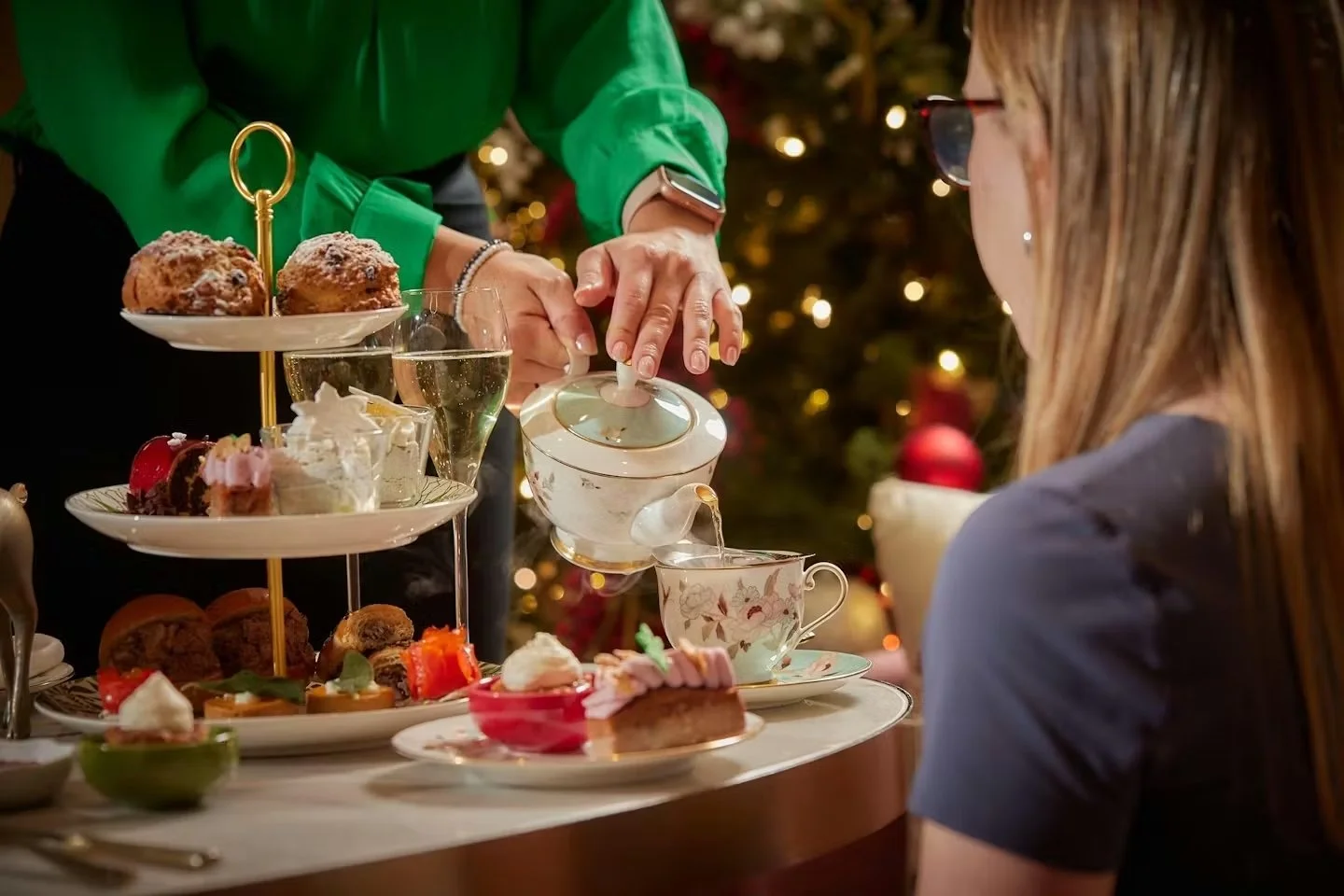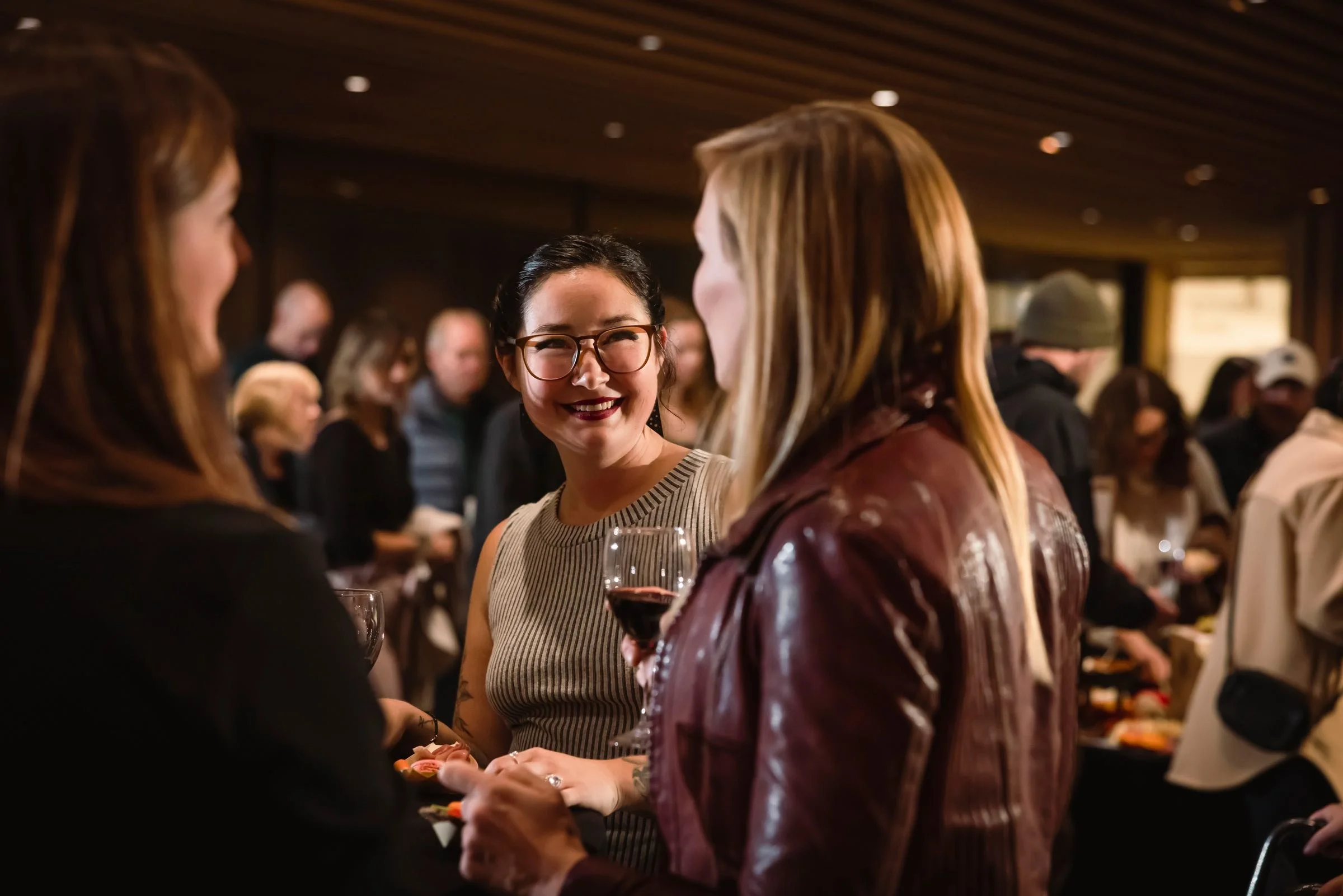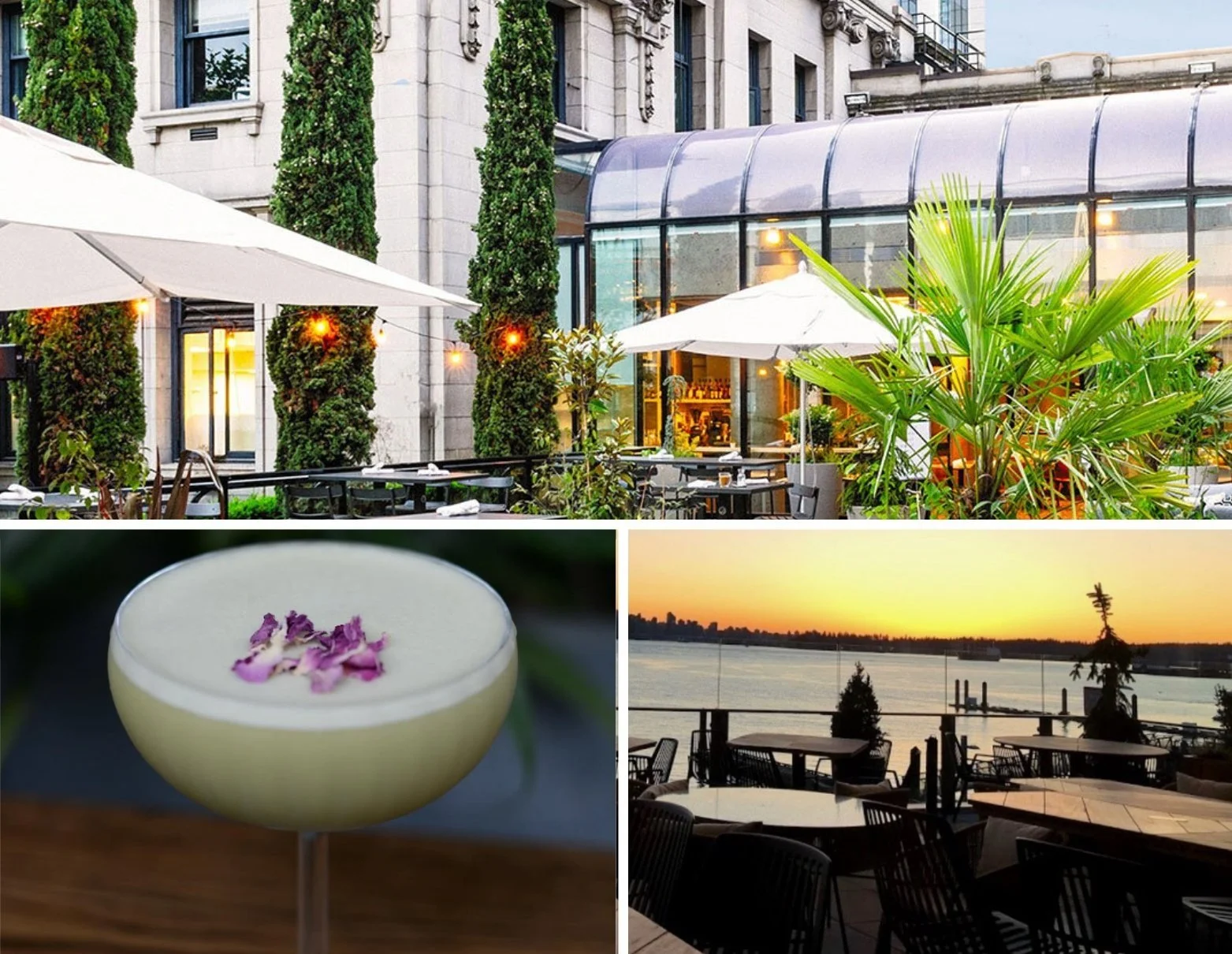White Girls in Moccasins is a journey of Indigenous self-discovery
Nuu-chah-nulth actor Danica Charlie can relate first-hand to the lead character’s struggle for identity
Danica Charlie. Photo by Zuleyyma Prado
the frank theatre presents White Girls in Moccasins, co-presented by Talking Stick Festival and Full Circle: First Nations Performance, at the Annex Theatre from June 16 to 19
A STORY OF Indigenous self-discovery, White Girls in Moccasins follows a young girl named Miskozi as she grapples with the journey of reconnecting with her Anishinaabe identity. Written by Yolanda Bonnell, a queer Two Spirit multidisciplinary artist of mixed Anishinaabe-Ojibwe, South Asian, and European heritage (Dora-nominated playwright of Bug), it shines a light on the struggle of reclaiming Indigenous identity after the effects of colonization, transporting the audience through dreams, memories, and a bizarre game show.
Musqueam artist Quelemia Sparrow directs the frank theatre’s mounting of White Girls in Moccasins, co-presented by Talking Stick Festival and Full Circle: First Nations Performance. Danica Charlie, who will play Miskozi, describes the play in an interview with Stir as “a rollercoaster filled with [everything from] New Kids on the Block to Disney princesses to Wheel of Fortune.”
As a Nuu-chah-nulth actor, Charlie says she can relate to Miskozi’s journey of reclamation: Charlie discovered the passion to delve deeper into her Indigenous identity while she was attending the Canadian College of Performing Arts.
“I see myself in my character Miskozi,” Charlie says. “In many ways, we are the same person. A lot of things I had never questioned before about how I carry myself in a cis white man’s society are coming to the surface through Miskozi.
“She grapples with the merging of her whiteness and her Indigeneity, and that’s something I’m still experiencing as I begin to reconnect with my culture,” she adds. “It’s reassuring to know I’m not alone in this journey.”
As the name suggests, White Girls in Moccasins explores how cultural disconnection can lead Indigenous people to see themselves through a white-washed lens. When asked if she has struggled with the pressure to conform to the standards of whiteness, Charlie says: “I almost forgot the standard existed, that’s how rooted it was in my identity.”
“I never saw a character like me on stage as a kid: a queer, Indigenous femme grappling with her identity,” Charlie explains. “It’s not that it’s never been there, but now more Indigenous artists are finally getting recognized, and it’s giving the opportunity for someone like me to learn more about their culture.”
White Girls in Moccasins—which also stars Emily Jane King, who was raised on Treaty 1 Territory, and Lisa Cooke Ravensbergen, a mix of Ojibwe/Swampy Cree and English/Irish—has the feel of a fever dream, complete with its fair share of queer glam. The production stays true to Anishinaabe culture, with knowledge keeper Pauline Shirt, drum makers Aqua Nibil Waawaaskone and Nathenia Bonnell, and Anishinaabemowin language keepers Lena Recollet, Sally Atchitawens-Recollet, and Roger Roulette all playing a role in the making of this production.
“I’ve had the opportunity to connect with the most amazing Indigenous women, and we will spend hours just talking as they share stories and experiences,” Charlie says. “I’ve learned a lot from the team, and every day I leave with more thoughts about the kind of work I want to make. I’m grateful to be finding this out at 22, because it makes me excited to see where I can go from here.”
Charlie says that she hopes that the production will help the audience question their moments of discomfort and bring the Indigenous community solace knowing that they are not alone in their reconnection journeys.
“I find Indigenous work impactful because it leaves me asking questions,” Charlie says. “It leaves me needing answers, and feeling joy, and feeling angry. I go to the theatre to feel something.
“Maybe some people use theatre as an escape, but the shows I remember are the ones that stay in my body and dance in my nervous system for days,” she says. “I want to be challenged as an audience member, and I want to be involved in work that will be even the first spark to make change in society, whether that’s through reclamation or just pure Indigenous joy on stage.”













